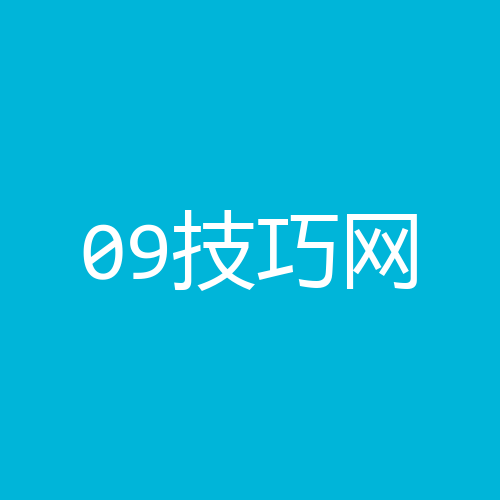加拿大最新版膳食指南建议:避免甜味剂
As a Canadian dietitian who works and lives in the United States, I like to keep up with health policy in both countries. So, I was quite interested to see that Health Canada, the governmental agency responsible for public health, is charting a new course when it comes to dietary advice, particularly in the area of sugar substitutes. It\'s a track that sharply diverges from the one the United States is on.
我是一名工作在美国,生活也在美国的加拿大营养师。我喜欢及时跟进两国的健康政策。所以,当加拿大卫生部(负责公共卫生的政府组织)制定了新的膳食指南,尤其是针对甜味剂领域的指南时,我非常感兴趣。这条指南与美国的相关指南截然相反。
In a significant departure from the past as well as from the U.S. approach, Canada\'s new food and dietary guidelines, released this year, say zero-calorie or low-calorie sugar substitutes are neither necessary nor helpful. "Sugar substitutes do not need to be consumed to reduce the intake of free sugars," the guidelines say, adding that, because "there are no well-established health benefits associated with the intake of sweeteners, nutritious foods and beverages that are unsweetened should be promoted instead."
于今年发布的加拿大最新版膳食指南与去年的旧版以及美国的膳食指南存在很大的不同,其表示,零卡路里或低卡路里的甜味剂既不必要也没有帮助。"没必要摄入甜味剂来降低游离糖的摄入量,"该指南表示,并补充写道,因为"摄入甜味剂并没有明显的健康益处,我们应该提倡不加糖的营养食物和饮料。"
In contrast, the 2015-2020 Dietary Guidelines for Americans (DGAs), issued by the U.S. Agriculture and Health and Human Services departments, suggest sugar substitutes may have a place in helping people consume fewer calories, at least in the short term, though "questions remain about their effectiveness as a long-term weight management strategy." The guidelines neither encourage nor discourage their usage.
相比之下,美国农业部、美国卫生部和美国社会福利部门共同发布的《美国膳食指南2015版》(2015-2020 Dietary Guidelines for Americans)建议:甜味剂或能帮助人们减少卡路里摄入量,至少短时间内会做到这一点,尽管"作为一种长期体重管理策略,其有效性暂待商榷。"该指南对甜味剂持既不鼓励也不阻止的态度。
The differences may seem subtle, but dietary guidelines in each country shape what is served at public institutions such as schools and influence the recommendations made by health-care professionals. Language matters. But before we try to explain the difference in advice, let\'s have a quick primer on sugar substitutes.
虽然差异细微,但各国的膳食指南却会对学校等公共机构的食物供应产生影响,而且也会影响医疗保健专业人士给出的建议。语言也很重要。但在解释各国膳食指南的差异之前,还是先了解一下甜味剂吧。
What are sugar substitutes?
什么是甜味剂?
Sugar substitutes include many categories, such as high-intensity sweeteners that are at least 100 times as sweet as sugar. They can be "artificial," such as aspartame and saccharin, or "natural," such as stevia and monk fruit. They can contain a negligible number of calories or be classified as low-calorie sweeteners, such as sugar alcohols.
甜味剂各种各样,比如高强度甜味剂(甜度至少是糖的100倍)。也有人造甜味剂,比如阿斯巴甜和糖精。还有天然甜味剂,比如甜菊糖苷和罗汉果。有些甜味剂的卡路里量可以忽略不计,被归类为低热量甜味剂,如糖醇。
In much of the research and in most policy documents, sugar substitutes are often discussed as a single category. This makes it challenging to know whether certain types are preferable.
大多数研究和政策文件中所指的甜味剂一般都是单一类别。所以,更难得知哪种类型的甜味剂更合适。
版权声明
本文来自投稿,不代表本站立场,转载请注明出处。
